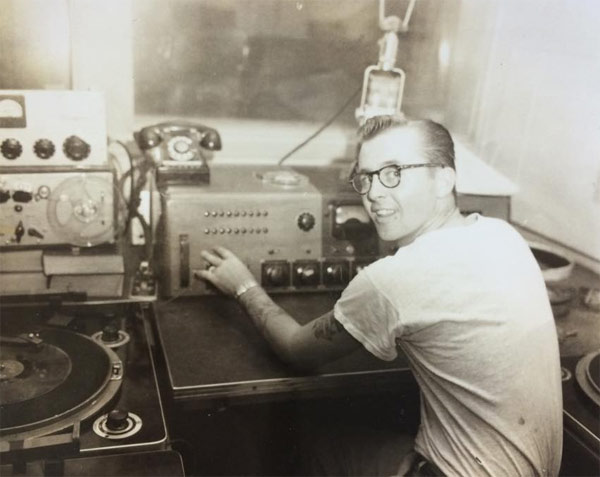

- © 2003 - 2025 Dynamix Productions, Inc. Contact Us 0



"In radio, you have two tools. Sound and silence."
Ira Glass
As the world holes up in their houses during this coronavirus, as we absorb media like never before, as we listen to the news coming out of our television and radio speakers, we see and hear just how serious most of us are taking this. Journalists are broadcasting from their backyards, their sources are interviewed over Skype or Zoom, and the news now looks and sounds less-than-polished. It's like Sunday afternoons on FaceTime with the family three states away. These are the choices we are having to make these days: quality of content over quality of sound and video. But we don't know how good we got it.

"Hostilities will cease along the whole front from 11 November at 11 o'clock."
Marshal Foch, the French commander of the Allied forces via radio atop the Eiffel Tower.
This week marks 100 years since the end of the war to end all wars, known today as World War One. In 1918, on the 11th hour, on the 11th day of the 11th month, 1,500 days of fighting came to an end. The armistice was agreed upon just six hours earlier in a railway car halfway between Paris and the Western Front. What's remarkable is the speed at which most troops were informed of the impending armistice. This war, like in so many other ways, forever changed the world of communication.